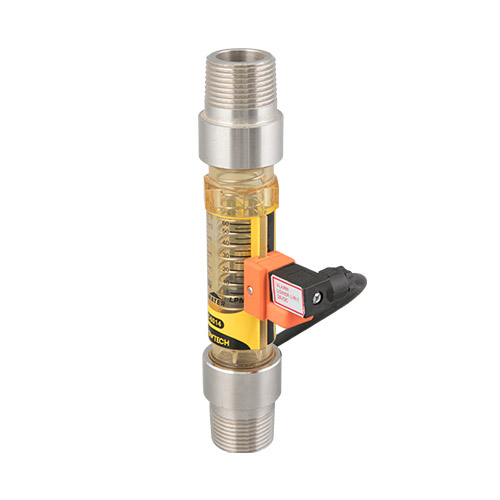In order to make the instrument work reliably and improve the measurement accuracy, it is not interfered by the external parasitic potential. The sensor should have a good grounding, and the grounding resistance should be less than 10. (If the metal pipe is well grounded, no special grounding device is required) 3.3 Pair installation Location requirements as shown
Insert the electromagnetic flowmeter according to the different conditions of the pipeline on site. The flowmeter without ball valve should be installed on the pipeline without overwhelming (that is, the flowmeter without ball valve can be selected for installation without pressure), and a hole should be opened in the pipeline The diameter is 50, and the connecting welded pipe is ready to be welded to the opening of the pipeline; for occasions that require continuous flow of loading and unloading or do not allow medium to overflow, a ball valve must be installed, that is, a plug-in electromagnetic flowmeter with a ball valve structure is selected; Diameter 50, ready to weld the connecting welded pipe to the opening of the pipe.
Plug-in electromagnetic flowmeter selection
Measuring range: Recommended use range: 0.5m/s~10m/s continuously adjustable. Maximum use range: 0.2m/s~15m/s continuously adjustable
Signal output: 1. The switch value can be set as: pulse output (up to 1000HZ); high/low flow alarm; empty pipe alarm; flow direction indication;
Fault alarm; 2. Current output: 4-20mA output
Configuration method: 1. On-site configuration through three manual keys. 2. On-site configuration via remote control. 3. Perform on-site configuration through the handheld communicator.
Memory: EEPROM memory that will not disappear, no need for battery storage.







 English
English 中文简体
中文简体 русский
русский España
España